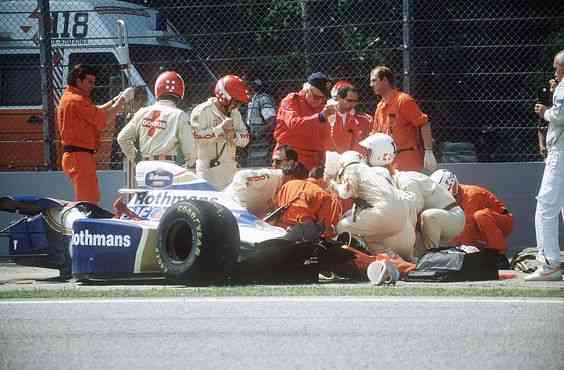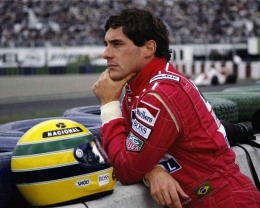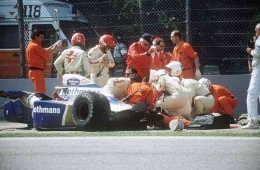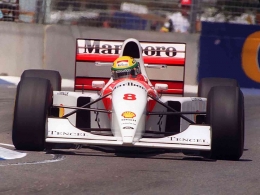Introduction
The death of Ayrton Senna, one of the most illustrious figures in Formula 1 racing, shook the motorsport community to its core. Senna's untimely demise during the San Marino Grand Prix in 1994 prompted a critical reassessment of safety in motor racing. This watershed moment led to substantial reforms that revolutionized the sport, making it safer for both drivers and spectators. In this article, we will delve into the changes that Senna's tragic accident brought about, ultimately shaping the future of motorsport.
The Fatal Crash and Its Aftermath
On May 1, 1994, Ayrton Senna suffered a fatal crash at the Imola circuit in Italy, marking a dark day for motorsport. The event triggered a profound sense of grief and shock throughout the racing community, as the sport lost one of its most talented and revered individuals. Subsequent investigations revealed that multiple factors contributed to the crash, including a faulty steering column and the car's suspension system.

The Safety Revolution
Senna's tragic death became a catalyst for significant changes in motorsport safety regulations. The Federation Internationale de l'Automobile (FIA), the governing body of motorsport, took immediate action to prevent future tragedies. An extensive review of safety protocols ensued, resulting in groundbreaking reforms that continue to shape the sport today. Let us explore some of the key changes that emerged following Senna's devastating accident:
1. Improved Circuit Safety: Enhanced safety measures were introduced to circuits worldwide. This included the installation of crash barriers, improved run-off areas, and the introduction of impact-absorbing barriers such as tire walls and Tecpro barriers. Circuit modifications aimed to create a safer environment for drivers, minimizing the risks associated with high-speed crashes.
2. Restructuring of Technical Regulations: Safety standards were heightened markedly, focusing primarily on the construction and design of racing cars. The FIA implemented stringent rules regarding driver safety cells, cockpit headrests, helmet standards, and the effectiveness of seat belts and harnesses. These measures aimed to reduce the severity of driver injuries in the event of an accident.
3. Enhanced Emergency Medical Response: Prompt and effective medical intervention following accidents became a paramount concern. The implementation of advanced medical facilities at racetracks and the presence of specialized medical teams contributed to minimizing response times for injured drivers. Alongside this, stricter medical check-ups for drivers were enforced to ensure their ability to withstand the physical demands of racing.











